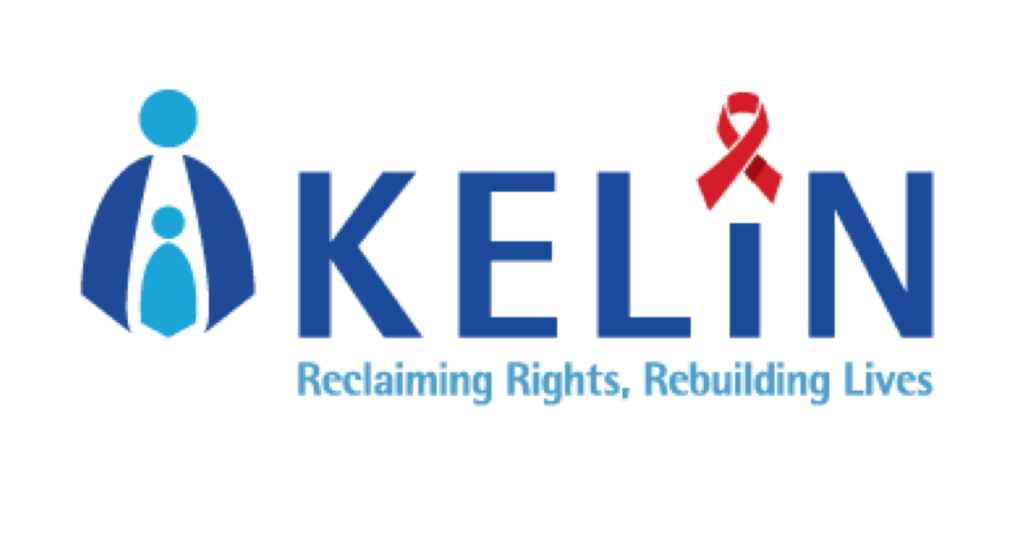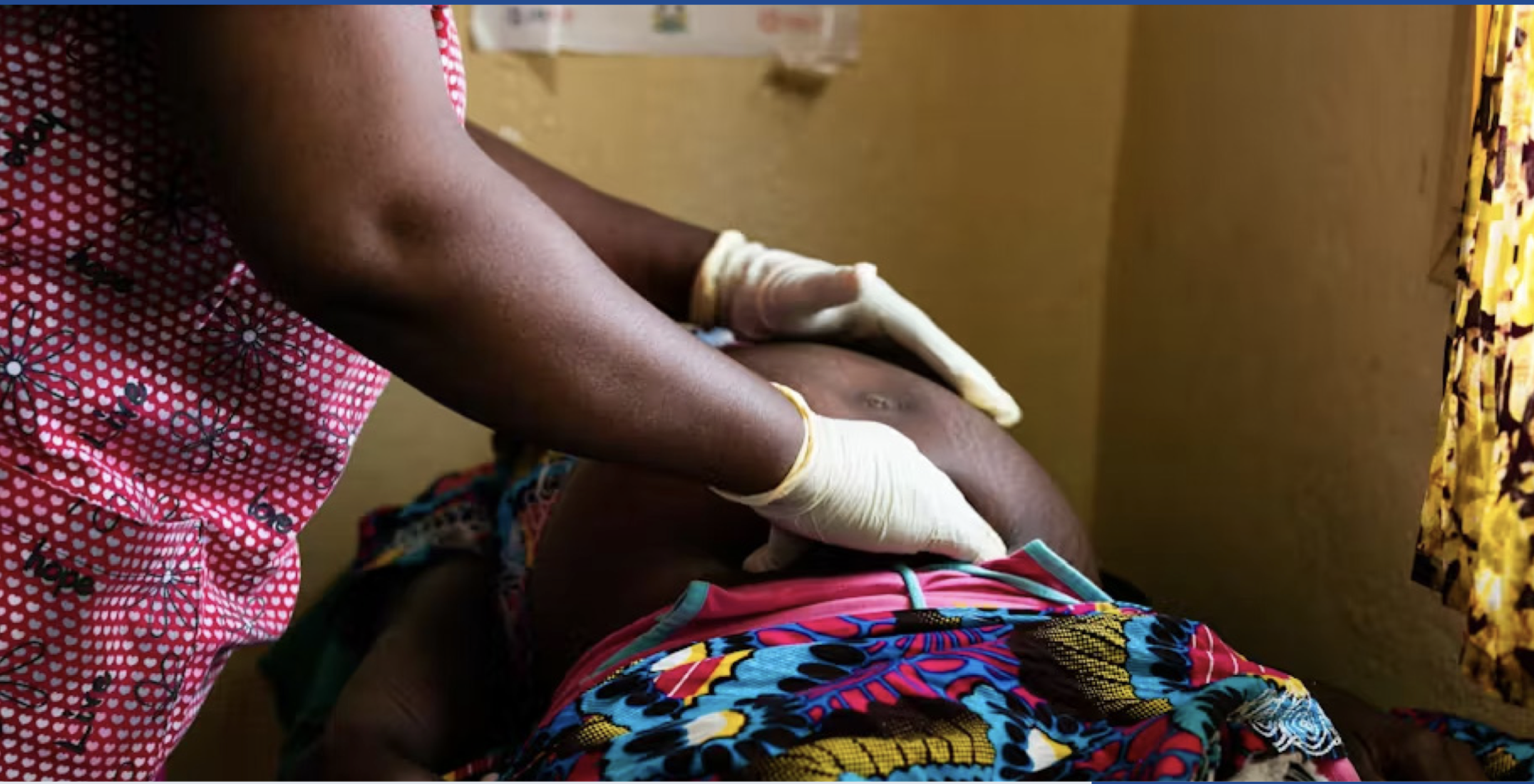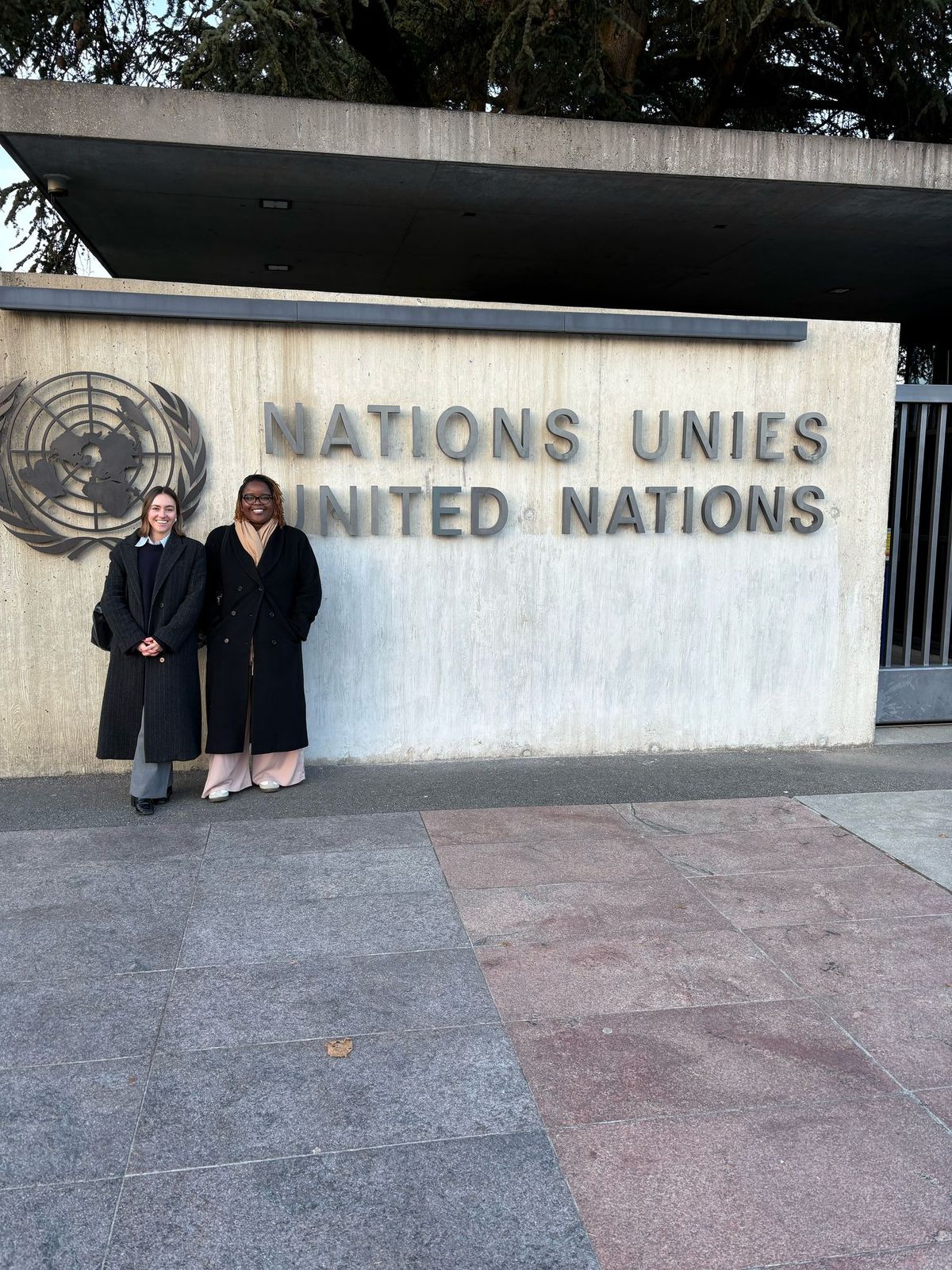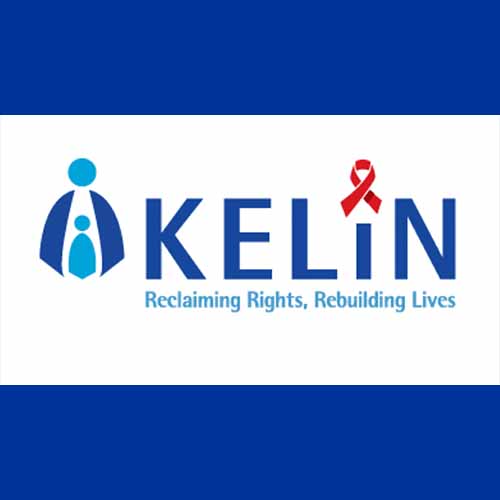“Nobody goes back home a virgin.” This was the slogan of the now infamous ‘Project X’ party that caught the attention of parents, police, social media users, the Kenya Film Classification Board, and even the Governor of Nairobi. For the youth, Project X was an event that allowed teenagers to explore their private sexual fantasies and fulfil their curiosities. For parents, clerics and government leaders however, Project X was a wake-up call that brought out the fear of the vulnerability of the youth due to all the things that they have failed to teach them.
But Project X is not the first of its kind because shortly after its failure, 106 youth aged between 16 and 20 were arrested in an estate in Lang’ata, Nairobi, during a drinking binge. This arrest came months after 500 teenagers were apprehended in Eldoret town after they were found drinking in a night club while in possession of bhang and condoms. An even more revealing incident happened in August 2015 in Murang’a County, where 45 high school students were arrested for smoking bhang and engaging in sexual activities while in a moving bus.
Project X uncovered the long overdue debate on the need for increased comprehensive sexuality education among Kenyan youth. Young persons between 10 and 24 years makeup approximately a quarter of Kenya’s population. However, their health and development are negatively impacted by social and economic conditions including poverty, unemployment, migration, and gender inequalities. Although Kenya is party to numerous regional and international human rights treaties guaranteeing the right to information and access to health care services for youth, comprehensive sexuality education is not included in Kenya’s educational curriculum. Further, as a result of ignorance and sometimes a deliberate disregard of the youth’s sexual and reproductive needs, caregivers often insist on youth abstinence, thereby enabling a culture of silence and increasing health risks for the youth. These include STD and HIV infections, unintended pregnancies, increased cases of unsafe abortions and a higher number of school drop outs.
The reality however remains that, a big part of growing up is embedded in the need to gain enough knowledge to make conscious decisions. Life lessons are often gained through social experiences and values. Some are taught, while others must be self-explored. Globally, sex is self-exploratory among the youth. It is simply a part of human nature that cannot be controlled through threats of incarceration, particularly in the minds of young adolescents with raging hormones, coupled with peer pressure.
Worldwide, 7.3 million of the births are by girls between the age of 15 and 19 years, of which two million births are by girls under the age of 15. The Kenya Population Situation Analysis of 2013 revealed alarming statistics indicating that 26 in every 100 girls in Kenya are married before they reach 18 years with 103 in every 1000 pregnancies being attributed to girls between 15 and 19 years. These girls suffer negative impacts of early motherhood such as depression, isolation, school dropout, stigma and even death from complications during pregnancy and child birth.
In their National study and research of 2013 titled ‘incidences and complications of unsafe abortion in Kenya’ , the Ministry of Health revealed that an estimated 464,690 induced abortions occurred in Kenya in 2012, corresponding to 48 induced abortions per 1000 women of reproductive age (15-49 years). Severe complications of unsafe abortions were most common among women aged 10-19, with approximately 335 girls aged between 10-19 years seeking post abortion care within health facilities. These statistics are largely an indication of a lacuna within our systems in addressing the sexual needs of our youth; the solution involves the inclusion of sexuality education within the national teaching curriculum right, from primary school.
Comprehensive sex education includes age-appropriate, medically accurate information on a broad set of topics related to sexuality. It includes human development, social and intimate relationships, choices, abstinence, contraception, and safe sex practises. It provides teens with a non-judgmental platform and opportunity for developing skills as well as learning. The interventions within comprehensive sex education provide young people with the tools to make informed decisions; stress the value of abstinence while also preparing young people for when they become sexually active; provide medically accurate information about contraceptives as a means to prevent pregnancy and reduce the risk of contracting HIV/AIDS; encourage open communication about sexuality between parents and children; and even how to handle sexual violence if it does occur.
Although strong evidence has shown the effectiveness of these programs, Kenya’s religious and political leaders have previously rejected them, indicating that such programs will promote sexual immorality among teenagers and violate religious teachings and values on chastity, marriage and family. There is a common belief that sexual education in schools is equivalent to a morally questionable western agenda that permits reckless sexual activity among the youth with a diminishing sense of respect for abstinence. Yet, the National Campaign to Prevent Teen and Unplanned Pregnancy released its research findings on the effectiveness of HIV and sex education programs, indicating many positive results such as delayed sexual debut, less unintended pregnancies and reduced chances of unsafe abortions. Low acceptance, negative attitudes and resistance from parents, medical professionals and conservative religious circles towards sexual education in schools consequently pose a challenge to positive changes in adolescent sexual behaviours.
The ever changing societal norms, coupled with advanced technology, demand that parents, teachers and the Ministries of Education and Health be front runners in addressing sexuality among the youth with a more sober approach that acknowledges, appreciates and openly demystifies sex while breaking attitudinal barriers. There is need to develop a program that will work with both duty bearers (medical staff, social workers, and teachers) and the young people. Additionally, policy makers must be tasked to improve the national legal, policy and regulatory framework for Youth Friendly Health Services, in order to remove legal barriers for young people to access health services.



